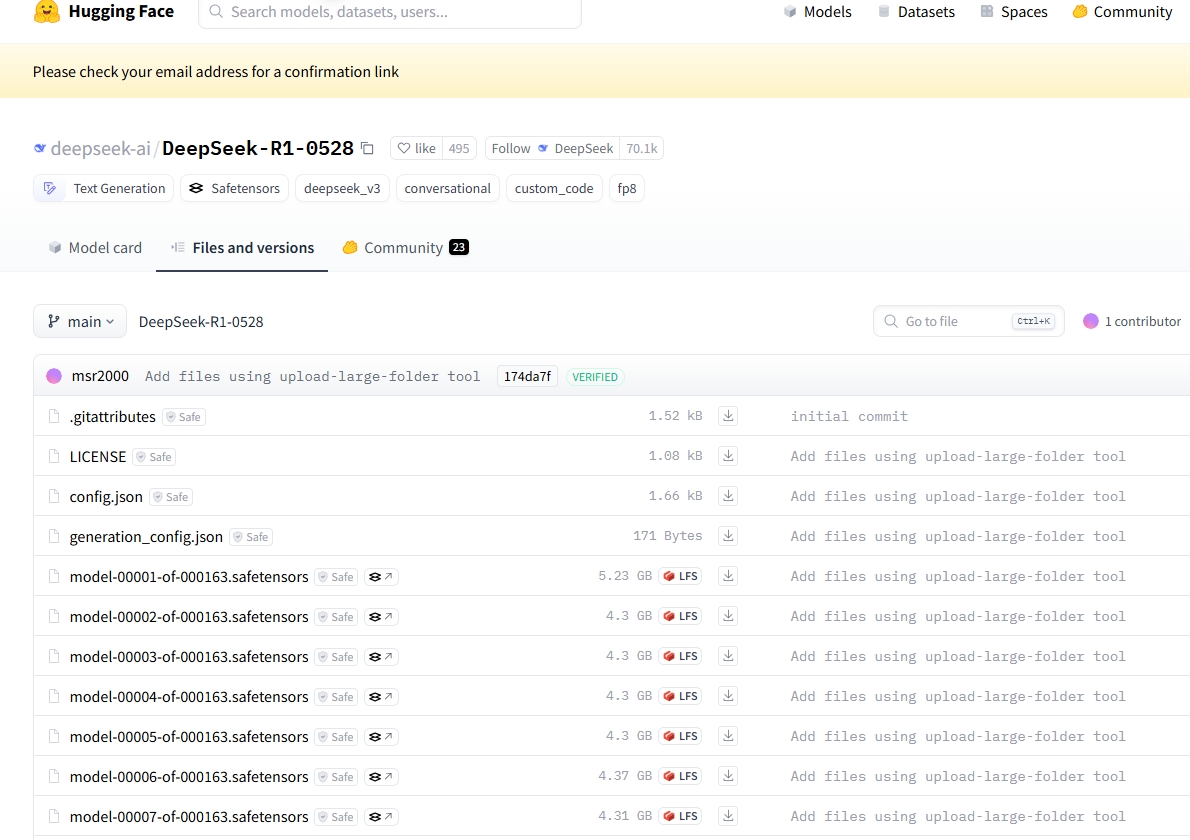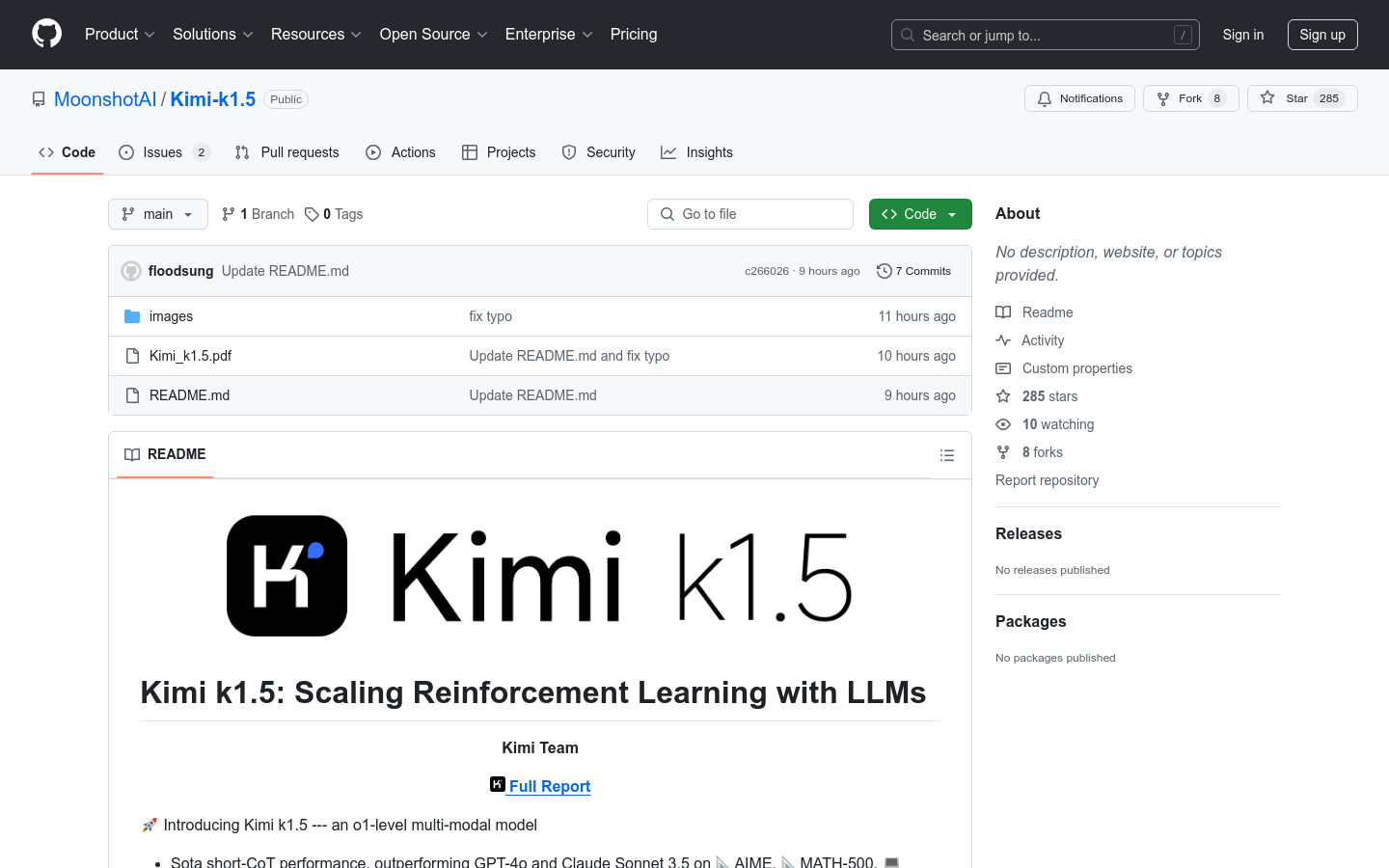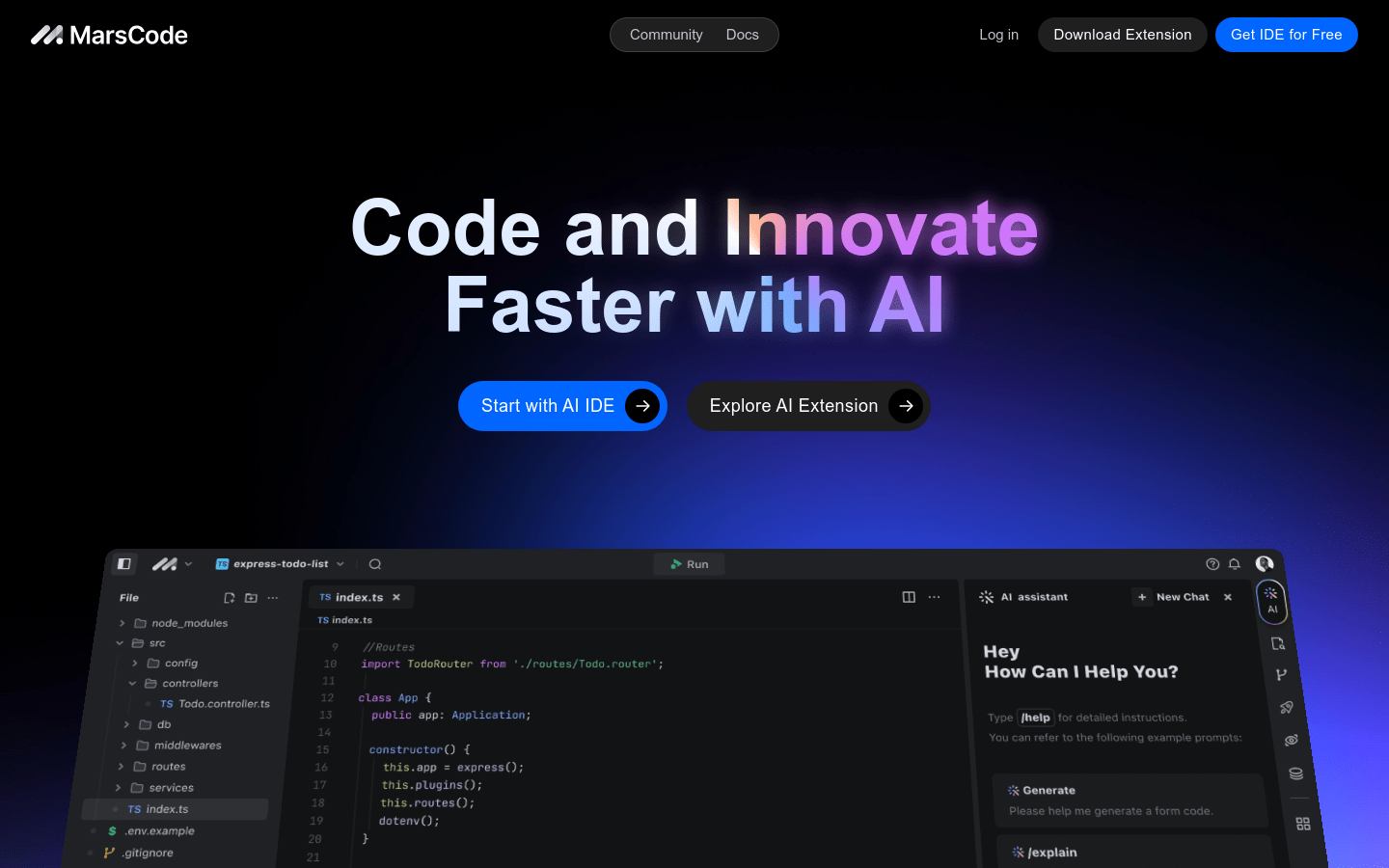
DeepSeek R1-0528 is the latest version released by DeepSeek, a well-known open source big model platform, with high-performance natural language processing and programming capabilities. Its release has attracted widespread attention because it performs well in programming tasks and is able to answer complex questions accurately. This model supports a variety of application scenarios and is an important tool for developers and AI researchers. More detailed model information and usage guidelines are expected to be released in the future to enhance its functionality and application breadth.
Demand population:
"This product is suitable for programmers, AI researchers, and technicians who need to perform complex programming. It can help them improve their productivity, simplify their programming processes, and support them in high-level AI development and research."
Example of usage scenarios:
Develop a word scoring system to successfully generate and run the code.
In the programming challenge, R1 successfully completed complex tasks, similar to the OpenAI o3 model.
Using R1 for mathematical proof demonstrates its application ability in the field of mathematics.
Product Features:
Excellent programming ability, able to complete complex programming tasks.
Have natural language processing capabilities and be able to understand and generate natural language texts.
Supports consistent style code generation, output structured and clear code.
Have the ability to self-correct and be able to self-correct the thinking chain during the generation process.
Achieve creative construction and be able to propose innovative solutions.
Can handle large-scale data and complex logic problems.
Supports multiple calculation accuracy, optimizes resource usage and training efficiency.
Tutorials for use:
Visit DeepSeek's official website to find the R1-0528 model.
Select the appropriate operating environment based on the document download or use the model.
Enter the relevant programming or natural language request according to project requirements.
Run the model and observe the output results, and adjust the parameters as needed.
Perform tests and iterations, optimize code and generate results.







